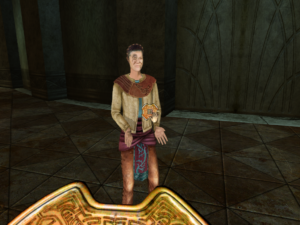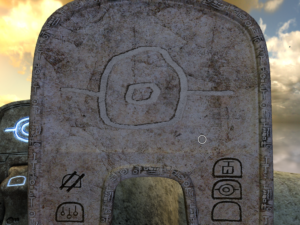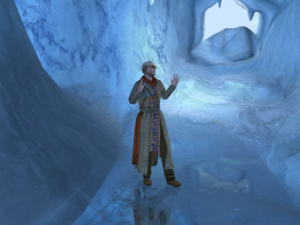Final Fantasy V: Blue Mage
I had a couple of breakthroughs last night. For one thing, I have the airship that I knew I’d find eventually. More importantly, I also now have a character who’s sufficiently advanced in the Trainer job that it completely transforms how I can use the Blue Mage.
The Blue Mage is a class introduced in FF5, an addition to the Black/White/Red Mages from the original. Its role in the game is to provide an additional form of collectible. You may have visited all the dungeons, taken all the treasure, and killed one of every type of monster in the game, but how many ways have you been hurt? Nothing kept track until now. You see, blue magic consists of monsters’ special attacks. In order to learn blue spells, the character doing the Blue Mage job has to observe the attack up close. Really up close.
For most of the game, I’ve been keeping the Blue Masochist’s “Learning” skill on two characters, just to increase the odds that one of them gets the opportunity to study these attacks when they happen. Some of the attacks are only used rarely, and those are the ones you really want — partly just because they’re rare, but also because they tend to be the more powerful ones. There’s a devastating attack called “Aqua Rake” — it does massive water-based damage to all enemies. I’ve only had it used against me once, but because I was Learning at the time, I can do it too now.
The Trainer, now: that has a few different skills. One of the things a Trainer can do is attempt to capture a weakened foe, then later set it loose during battle, damaging anything in its way. It’s strikingly similar to the mechanics of Pokémon — the captured monster even takes the form of a little ball — even though FF5 predates Pokémon by several years. But that’s not the important thing. The real purpose of the Trainer is to control monsters. During combat, a sufficiently advanced Trainer can attempt to take control of one monster at a time, and once you’ve got it, you can use any of its attacks against the other monsters.
Or against your Blue Mage.
Suddenly, the hunt for hurt, dependent on luck up to this point, is streamlined and efficient! I’ve got one character devoted to the process now: he’s staying in the Blue Mage job, which gives him innate ability to both learn and cast blue magic, and has the Trainer’s “Control” command equipped. Once I’m satisfied that he’s inflicted everything on himself that an area has to offer, I have the option of switching him to a different job. Or not: Aqua Rake alone makes it worthwhile to keep him blue most of the time.
I understand FF7 had something similar to the Blue Mage, an “Enemy Attack” materia or somesuch, but I don’t remember using it much, if at all. I’ll have to give it a better try when I replay that game — and I’m realizing I’ll have to do that at some point, to see it afresh in the context of the earlier games.
 Comments(2)
Comments(2)



